Table of Contents
Subject and object pronouns replace nouns to avoid repetition and improve communication. Subject pronouns she, do the action, while object pronouns him, receive the action.
For example, in She Reads a book, she is the subject pronoun, and in I gave him the book, he is the object pronoun. Understanding the difference between these two types of pronouns is key to forming clear, correct sentences. Through this post, you’ll learn to identify and correctly use them with simple examples and common rules.
What Is subject Pronoun?
These pronouns are used to function as a subject of a sentence.
Example: He runs fast,
he is the subject pronoun because it refers to the person doing the action.
Common subject pronouns are.
you, he, she, it, we, they.
What Is Object Pronoun?
Object pronouns replace the object of a sentence in order to receive the action.
Example: She called him.
he is the object pronoun because it refers to the person receiving the action.
Common object pronouns: me, you, him, her, it, us, them.
Subject pronouns
- She is going to the store.
- We love playing soccer.
- They are watching a movie.
Object pronouns
- She gave the book to me.
- I saw him at the park.
- The teacher called them after class.
Difference Between Subject and Object Pronouns
Understanding the difference between subject and object pronouns is essential to mastering English sentence structure. While both types of pronouns replace nouns to make sentences smoother and less repetitive, they serve different grammatical roles.
Knowing when to use a subject pronoun versus an object pronoun can significantly improve your writing and speaking clarity.
Role in a Sentence:
The most important difference between subject and object pronouns is the role they play in a sentence.
- Subject pronouns replace the noun that performs the action in a sentence. They act as the subject of the sentence, meaning they are the “doer” of the action.
- She sings beautifully.
Here, she is the subject pronoun acting and singing.
Examples of Subject Pronouns:
- I am studying for the exam.
- He loves playing soccer.
- We went to the movies yesterday.
- They are preparing for the test.
In all these examples, the subject pronouns I, he, we, and they appear at the start of the sentence and represent the person or thing acting.
- Object pronouns replace the noun that receives the action of a verb or follows a preposition. They act as the “receiver” of the action.
- The teacher praised him.
Here, him is the object pronoun receiving the action of being praised by the teacher.
Examples of Object Pronouns:
- She called me last night.
- I helped him with his homework.
- They invited us to the party.
- The book was given to her.
In these examples, the object pronouns me, him, us, and her follow the verb or preposition, as they are the ones receiving the action.
You and I vs. You and Me
The confusion between “you and I” and “you and me” is common, but the key to choosing the correct one is understanding their grammatical roles in a sentence.
- You and I are used when the phrase is the subject of the sentence (i.e., the people acting.
- You and me are used when the phrase is the object of the sentence (i.e., the people receiving the action.
Examples:
She gave the tickets to you and me. ✔️
She gave the tickets to you and I. ❌
The gift is for you and me. ✔️
The gift is for you and I. ❌
Who vs. Whom
Who” is used as the subject of a sentence, meaning it refers to the person or people performing an action. It functions similarly to subject pronouns like “he,” “she,” or “they.” For example, who is always the one doing something in the sentence.
- Who is singing? (She is singing.)
Whom is used as the object of a sentence, meaning it refers to the person receiving an action. It functions like object pronouns such as him, her, or them. Whom is the one affected by the action.
- To whom did you give the keys? (I gave the keys to him.)
Who vs. Whom in Subject vs. Object:
- Who is going to the party?
(Subject: He is going to the party.)
- Whom did you invite to the party?
(Object: You invited him to the party.)
Who vs. Whom with Prepositions:
- Who is calling? (Subject: She is calling.)
- With whom are you going to the event? (Object: You are going with her.)
Rules
Subject and object pronouns are essential components of English grammar, playing distinct roles in sentence structure. Understanding and following the rules governing their usage helps in forming clear, grammatically correct sentences.
Misusing subject and object pronouns can lead to confusion and grammatical errors, so it’s important to know the specific rules that apply to each type. Below is a comprehensive guide to the rules of subject and object pronouns.
Subject Pronouns Come Before the Verb:
Subject pronouns are placed before the verb to show who or what is performing the action.
- She runs every morning.
Object Pronouns Come After the Verb or Preposition:
Object pronouns are placed after the verb or after a preposition to show who or what receives the action.
- The teacher called him.
Singular vs. Plural Pronouns:
Use singular pronouns for one person or thing (I, you, he, she, it).
Use plural pronouns for more than one person or thing (we, they, us, them).
- He (singular) vs. They (plural).
Use Subject Pronouns for the Doer of the Action:
Use subject pronouns when the pronoun acts.
- They played football.
Use Object Pronouns for the Receiver of the Action:
Use object pronouns when the pronoun receives the action.
- She gave the book to me.
Subject Pronouns in Questions
Subject pronouns follow auxiliary verbs or question words in questions.
- Do you like chocolate?
You May Also Like

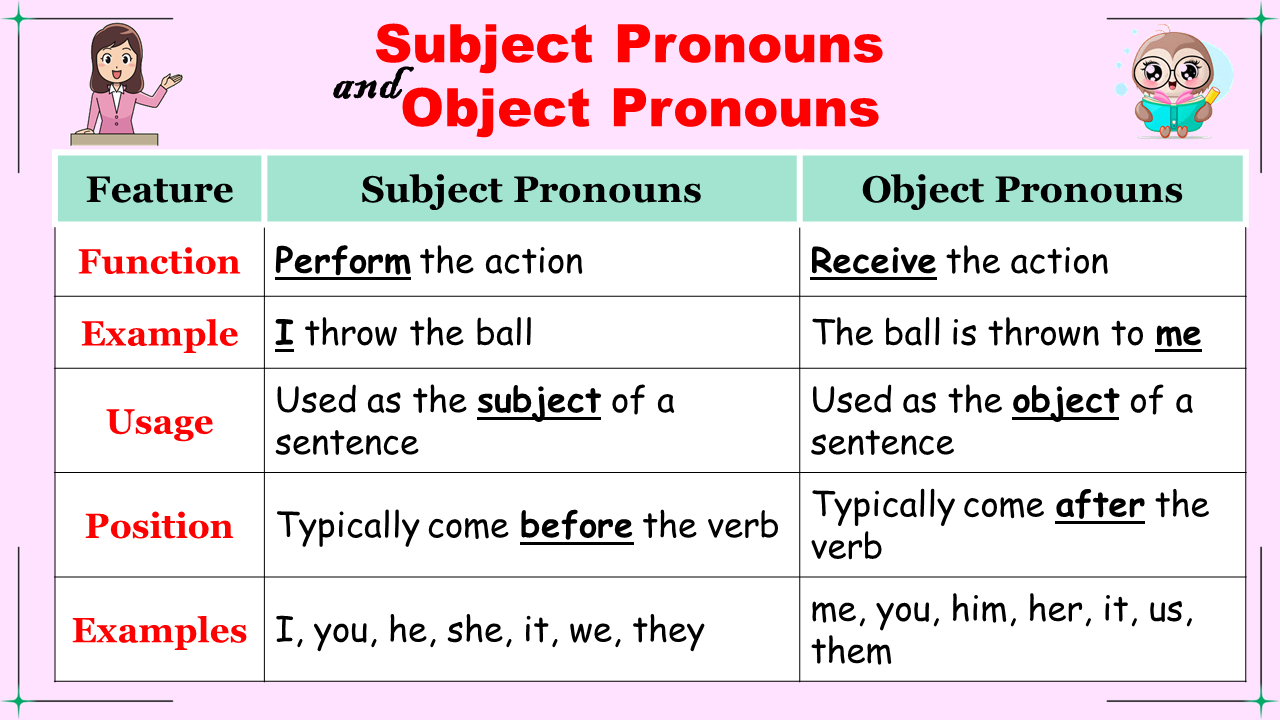
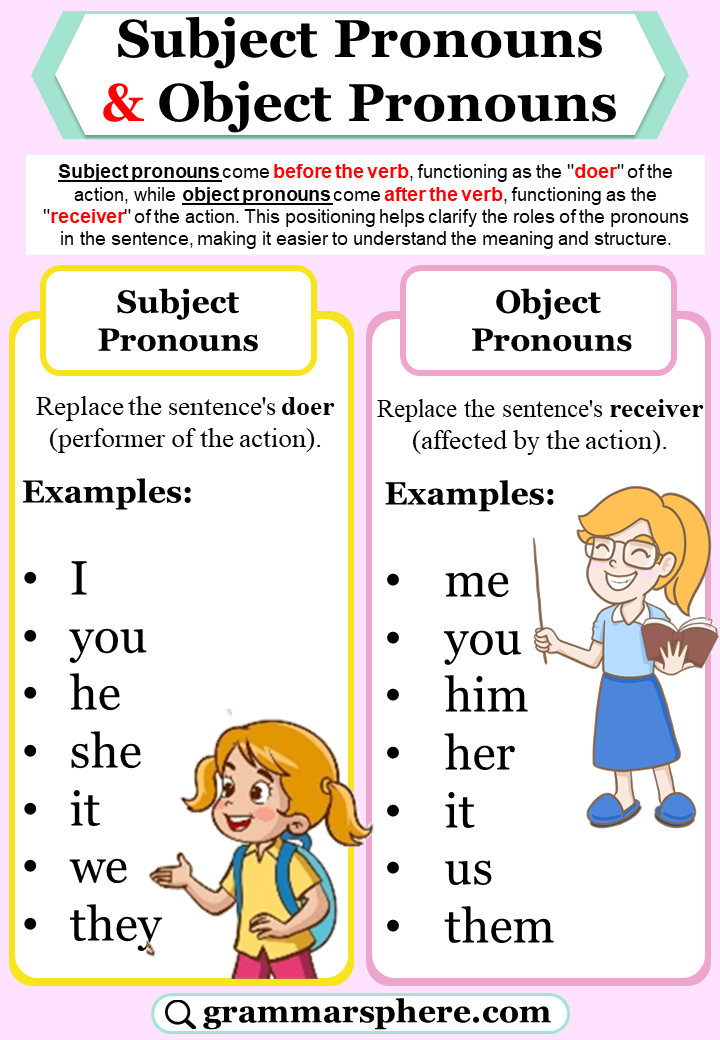
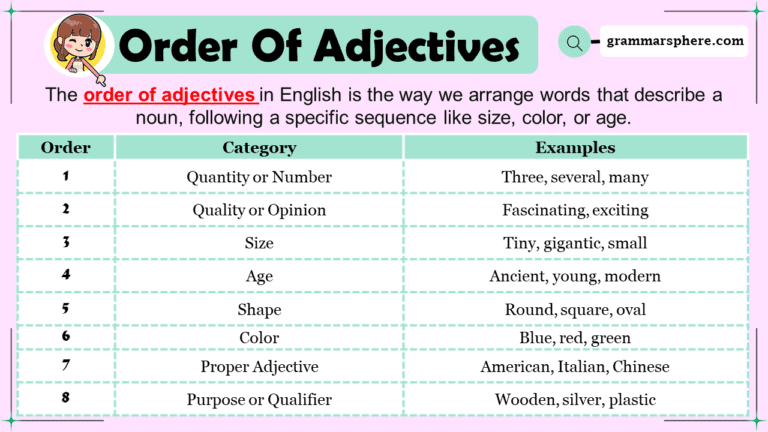
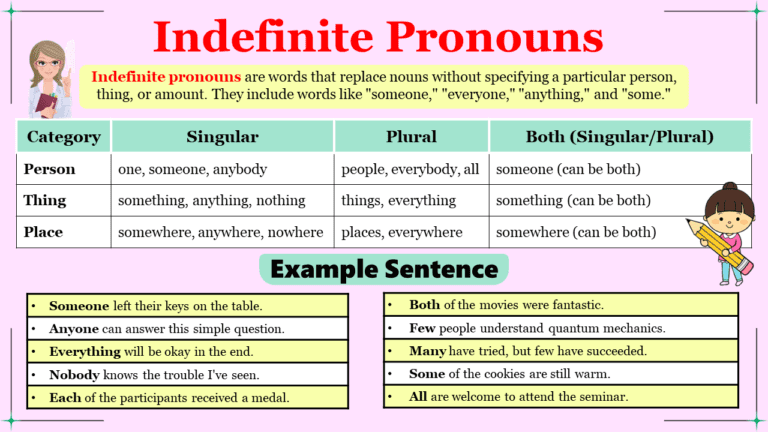

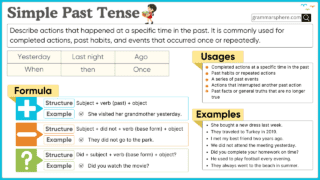
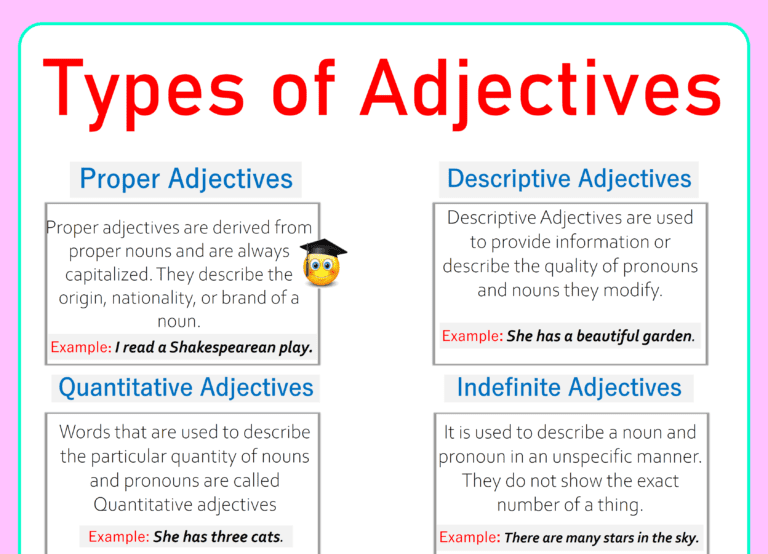
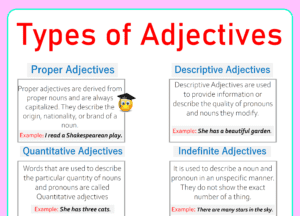


Leave a Comment